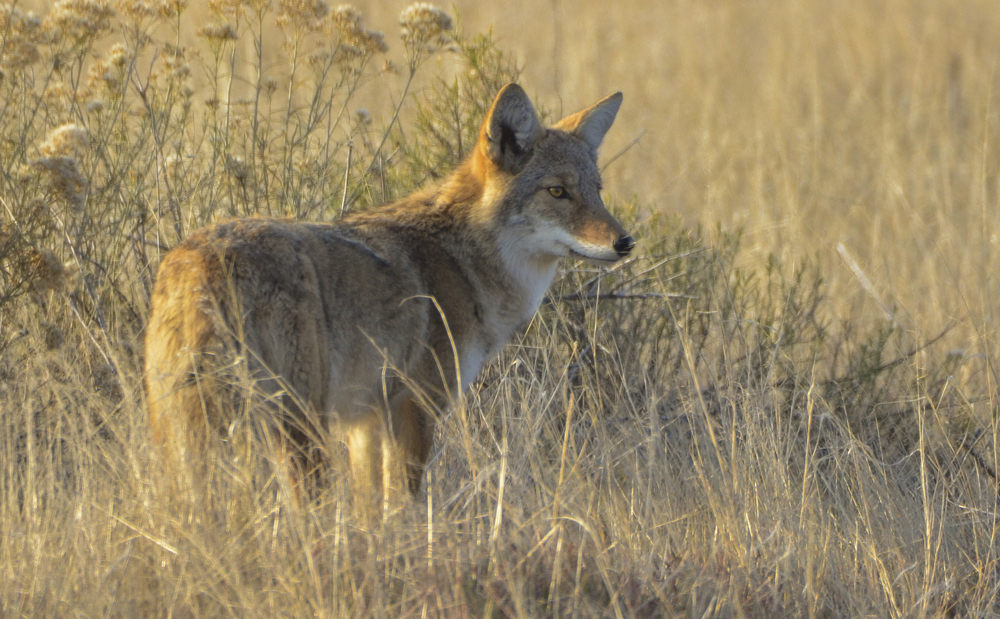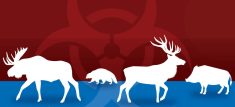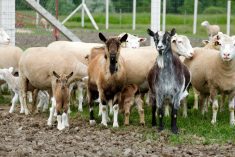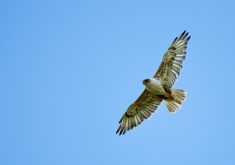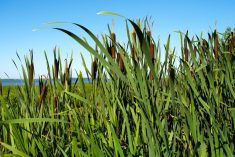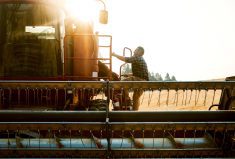Wildlife damage is a big problem across Alberta — but you wouldn’t know it from the number of beef producers reporting losses to the Alberta government.
About 60 per cent of producers recently surveyed about wildlife damage said that they never reported losses from predators, while 80 per cent never reported forage competition from ungulates.
That’s a real problem, said researcher Kim Good.
“One of the biggest take-aways for beef producers should be that the losses they’re experiencing versus what is reported into the province is pretty low,” said the project manager with Miistakis Institute, which developed the survey for Alberta Beef Producers.
Read Also

Farming Smarter receives financial boost from Alberta government for potato research
Farming Smarter near Lethbridge got a boost to its research equipment, thanks to the Alberta government’s increase in funding for research associations.
“If there’s going to be any bigger policy change or programmatic assistance to help with this issue, people have to report more into the province.”
The eight-week online survey drew nearly 700 beef producers and showed predation is a major problem.
Three-quarters said they had experienced economic losses from predators, with the “large majority” seeing losses from coyotes. On average, the depredation rate was two per cent, but “there’s people who get hit by extreme events” upwards of 10 per cent loss from depredation.
“One or two per cent loss across the industry is probably OK,” said Good. “That’s manageable, and a basic compensation program can help with that. But when you have extreme events where you lose high percentages, that’s where you have significant problems.”
Forage competition from ungulates is also “significant — not only with ungulates taking off what’s in the field, but also accessing stored feed.”
“On the ungulate side, the average value lost in forages ranges from about five to nine per cent, depending on which forage it is.”
Not worth the effort
Despite the losses — and subsequent hit to the bottom line — producers are still reluctant to report wildlife damage. They just don’t see the point, said Good.
“The time commitment required to go through the process is significant,” she said. “Really what it comes down to is the return is not worth the effort.”
For carnivores, the burden of proof is too great, she said.
“They often feel as though they have to prove really clearly what happened — that it’s not a scavenged carcass — and they find that difficult,” she said.
And because the majority of depredation events involves coyotes, producers are left with few options.
“Coyotes aren’t covered by any compensation program,” said Good. “The response is just to shoot them. That’s a lot of effort and time on the part of the producer. They have other things to do than shoot coyotes.”
With ungulates, most producers felt the compensation wasn’t worth the effort, but others felt losses were part of sharing the land.
“A majority agreed that the presence of wildlife is part of owning the land. They appreciate that and know it’s part of what they do.”
But balancing the needs of beef producers and wildlife will require programming and policy changes, said Good.
And the first step of that is reporting wildlife loss to show the severity of the problem.
“We want to have a beef industry that’s profitable and managing the landscape in a way that supports the environment and biodiversity, but we also want to have healthy wildlife populations that can move across our landscape,” said Good.
“It is a problem, and if we’re going to work on it to maintain healthy populations and still have economically viable operations, we need to sit down and talk about it.”

